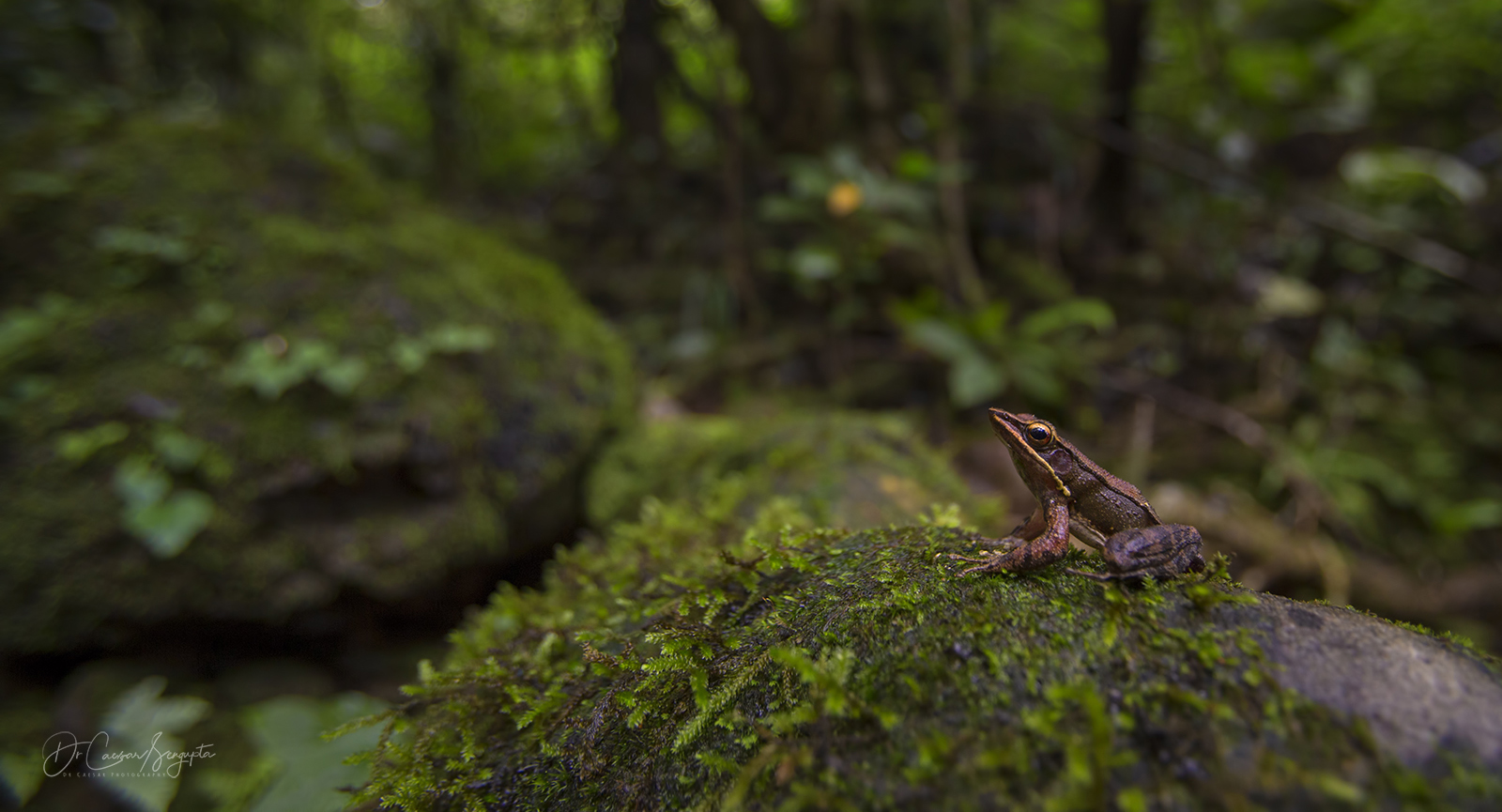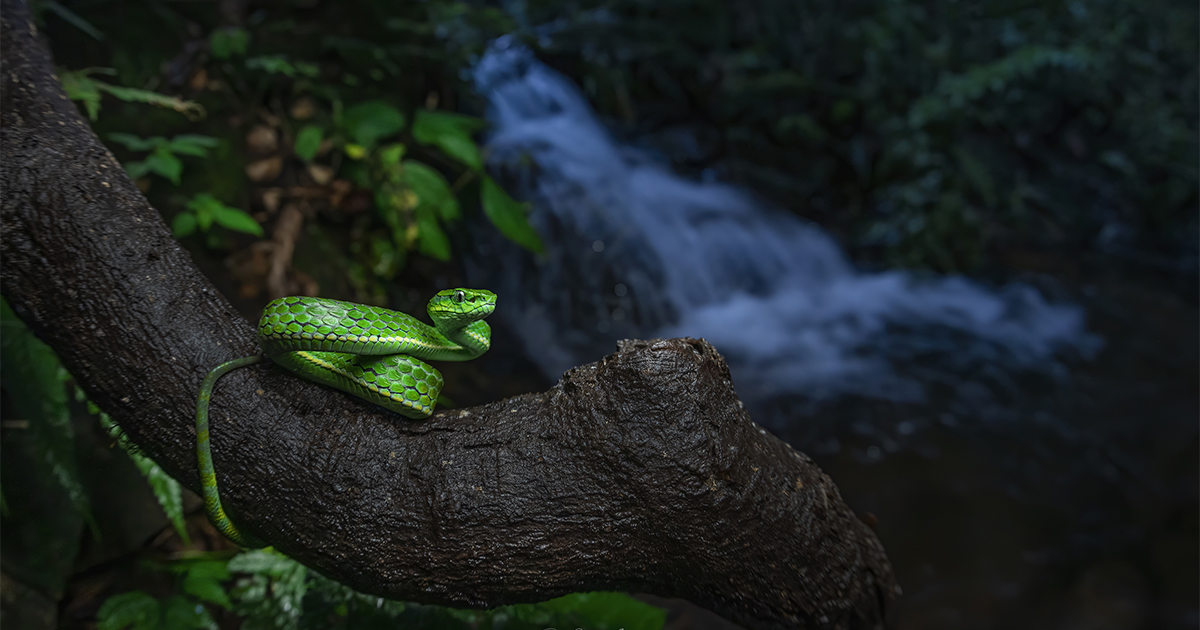Biodiversity hotspot – the term is frequently heard but less commonly understood. I would like to explain.
A Biodiversity hotspot is an area anywhere n the world, which is biologically extremely rich, characterized by a lot of plant endemism and is under threat of habitat loss due to human encroachment. Well, to be a bit more precise, these biodiversity hotspots of the world host at least 1500 species (more than 0.5% of total world’s population) of vascular plants as endemics, nearing 60% of world’s plant, bird, animals, reptiles and amphibian species (many of them being endemic ones) and are under tremendous threat having lost more than 70% of their primary habitat. Endemism refers to an ecological state of any life form being unique to a particular geographical location. Endemic life forms are the most vulnerable to become extinct due to their restricted geographical distributions.
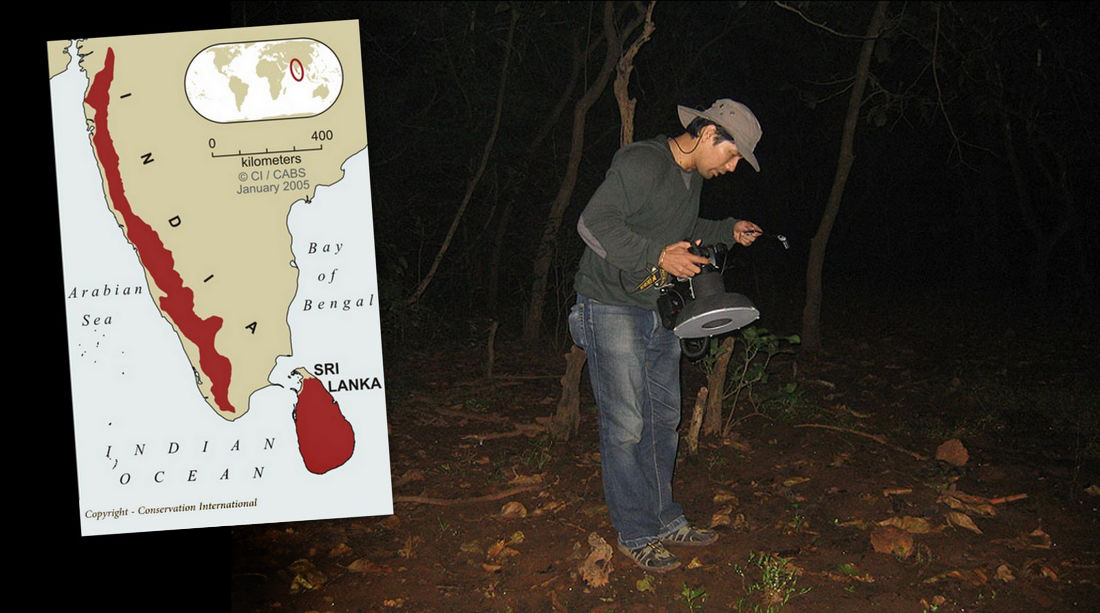
Globally, a lot of conservation efforts have been initiated for the protection of the endangered soecies in these biodiversity hotspot regions. World Wildlife Fund, Conservation International, Global Wildlife Conservation, National Geographics, IUCN etc are amongst the world’s leading conservation organizations.
India has two such major biodiversity hotspots and they belong to the Eastern Himalayas and the Western Ghats. Major threats of this enormous biodiversity is logging of the forests, conversion of forests to agricultural lands and other plantations. This amounts to severe habitat destruction. Now above all, these vulnerable regions are further threatened by a number of developmental activities such as roads, railways, dams etc.
The Himalayas stretch over an arc over 3000 kilometers across Pakistan, Nepal, Bhuan, Northwestern and Northeastern states of India and covers an enormous 750,000 km2 of area. The hotspot includes all of the world’s highest peaks (more than 8000 meters including the Everest) and also few of the deepest river gorges. Both the Eastern as well as the Western Himalayas are home to diverse ecosystems and thousands of different life forms.
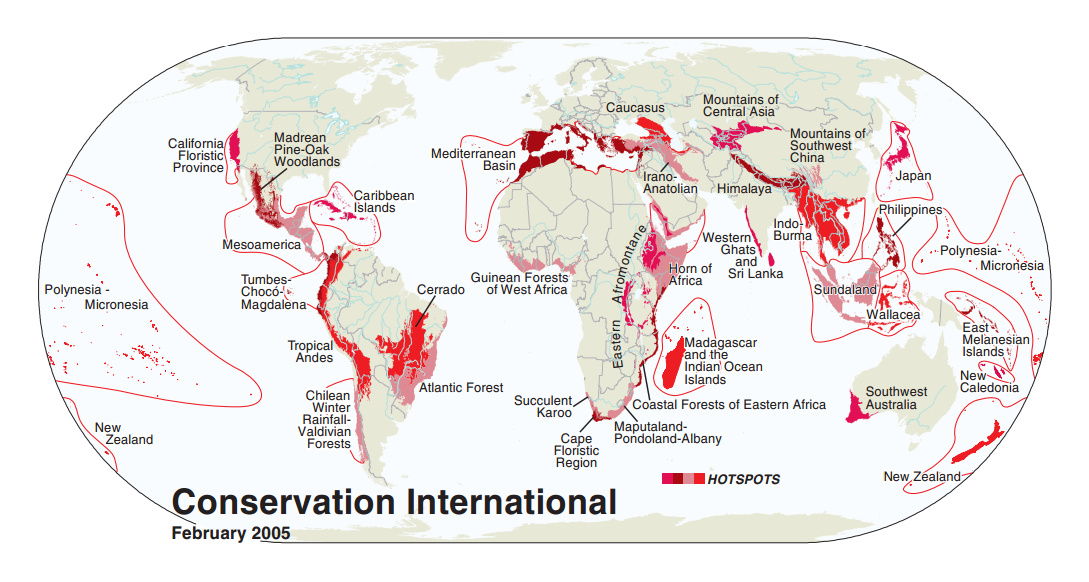
Copyright – Conservation International
Western Ghats is a 1600 km long mountain range running through the west coast of India. It covers the states of Kerala, Tamil Nadu, Karnataka, Goa, Maharastra and Gujarat. These mountains cover approximately 1,40,000 sq km and is home to a number of endemic plants, animals, birds, amphibian and reptilian species. The Western Ghats is considered as one of the top ten global biodiversity hot-spots. The Western Ghats has over 450 species of birds (35% endemic), 140 mammal species (around 20% endemic) and 260 reptile species (over 60% endemic). The range also has a number of fresh water fishes and a number of invertebrates most of which are endemic to the region. Similarly, a number of amphibians are endemic to the Western Ghats and the area has become a hotspot of discovery of new species of frogs in the last decade. In the northern part of the Western Ghat range, which falls in Maharashtra, about one-third of the plants, almost half the reptiles, and more than three-fourths of the amphibians known in India are found in this narrow strip of rainforest just off the west coast.
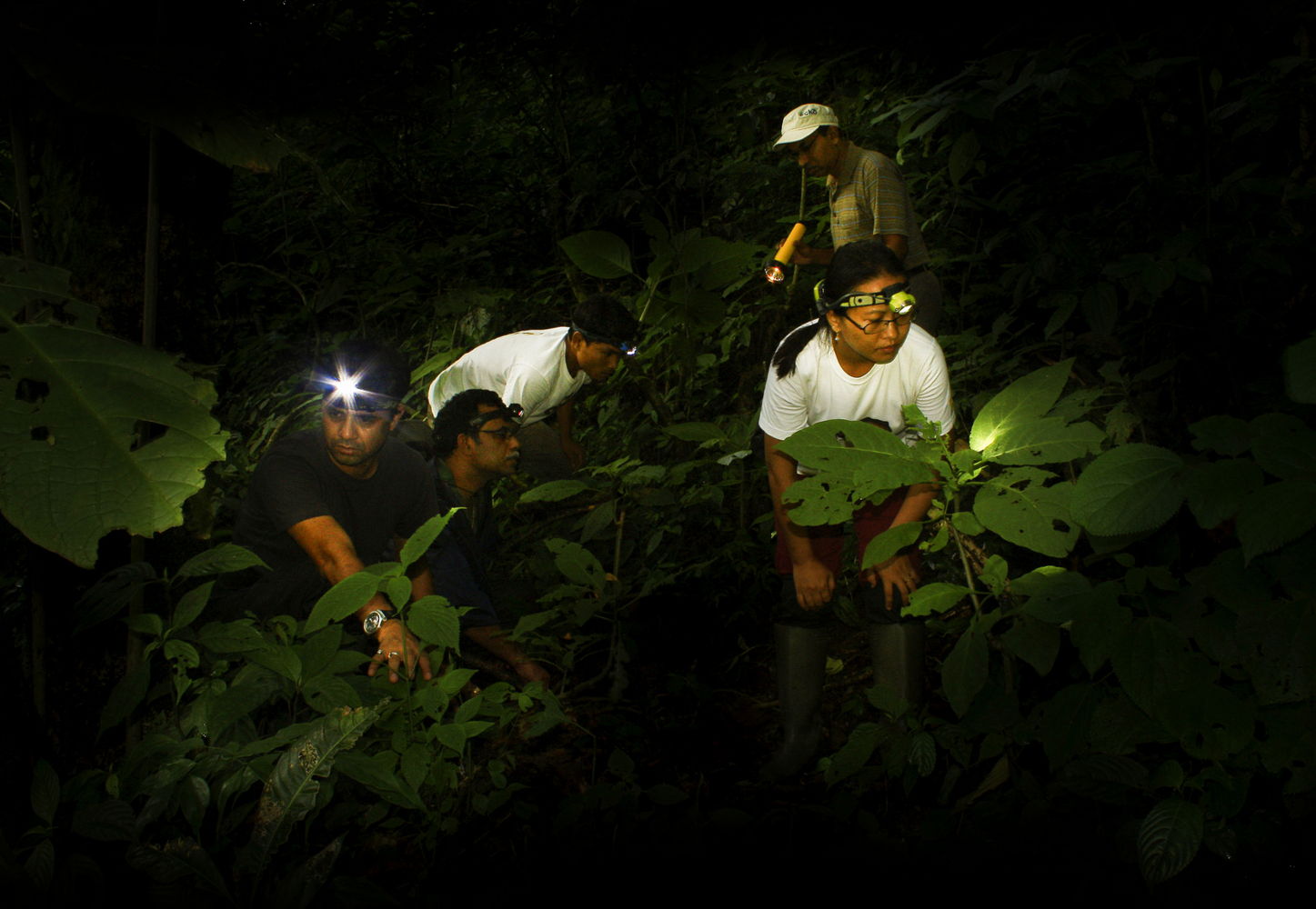
After decades of research, scientists have not been able to discover even 15% of all possible forms of life on Earth. While we know about 1.7 million species on Earth, the estimated figure of possible life forms is 10 millions. Thousands of species will get extinct even before they could be discovered, identified or catalogued.
Question arises, how conservation photography can help? Conservation photography is a blend of art of wildlife photography and the science of natural history documentary photography. Conservation photography can work as a tool for the non scientist and non biologist community to contribute enormously for building up a rich database. ‘India’s Most Wanted’ an offshoot of this project and is now live !!! DCP Expeditions team is inviting all photographers across India to contribute photographs of the most endangered species of the country to this platform. We also have regular expeditions being conducted in the Western Ghats and also in the North Eastern rainforests and Eastern Himalayas.
We are just facilitators for a worldwide movement, doing our little bit.
